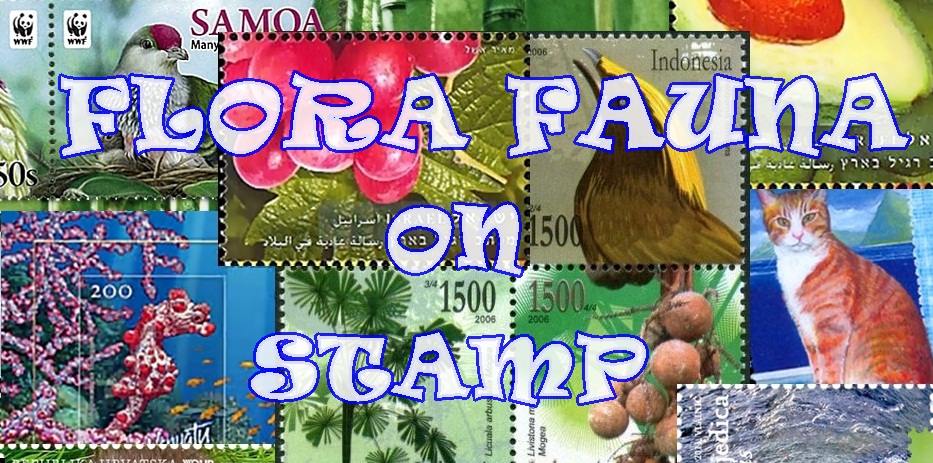
Continuing the previous released, Latvia Post has issued a set of two stamps features the wealth of Latvian Forest on 10 September 2010. The issue depicted species, Rubus idaeus (55) and The birch bolete (120).
Raspberry or Rubus idaeus
Rubus idaeus or occasionally as European Raspberry to distinguish it from other raspberries is a red-fruited species of Rubus native to Europe and northern Asia and commonly cultivated in other temperate regions.
Rubus idaeus is grown primarily for its fruits, but occasionally for its leaves, roots, or other parts. The fruit is an important food crop, though most modern commercial raspberry cultivars derive from hybrids between of Rubus idaeus and Rubus strigosus.The fruit is red, edible, and sweet but tart-flavoured, produced in summer or early autumn
Plants of Rubus idaeus are generally perennials which bear biennial stems from a perennial root system. Its grows vigorously to its full height of 1.5-2.5 m. The flowers are produced in late spring on short racemes on the tips of these side shoots, each flower about 1 cm diameter with five white petals.
As a wild plant, Rubus idaeus typically grows in forests, forming open stands under a tree canopy, and denser stands in clearings. In the south of its range (southern Europe and central Asia), it only occurs at high altitudes in mountains.

Brown Cap Boletus or Leccinum scabrum
The birch bolete (Leccinum scabrum) is an edible mushroom in the family Boletaceae, and was formerly classified as Boletus scaber.
The birch bolete is widespread in Europe, as well as elsewhere, in the Northern Hemisphere, occurring only in mycorrhizal association with birch trees.
The birch bolete is edible and is especially enjoyable pickled in brine or vinegar. It is used also in mixed mushroom dishes, fried or steamed.
The pileus is 5–15 cm wide. The skin of the cap is light gray-brown to reddish gray-brown, later often more or less brown, smooth, bald, dry, and rather slimy when damp. The pores are white at a young age, later gray. The pore covering is easy to remove from the skin of the pileus. The stipe is 5–15 cm long and 1–3.5 cm wide, slim, with white and dark to black flakes, and tapers upward. The basic mycelium is white.
The flesh is whitish, later more gray-white and does not change color when broken. In young specimens, the meat is relatively firm, but it very soon becomes spongey and holds water, especially in rainy weather. When cooked, the meat of the birch bolete turns black.

No comments:
Post a Comment